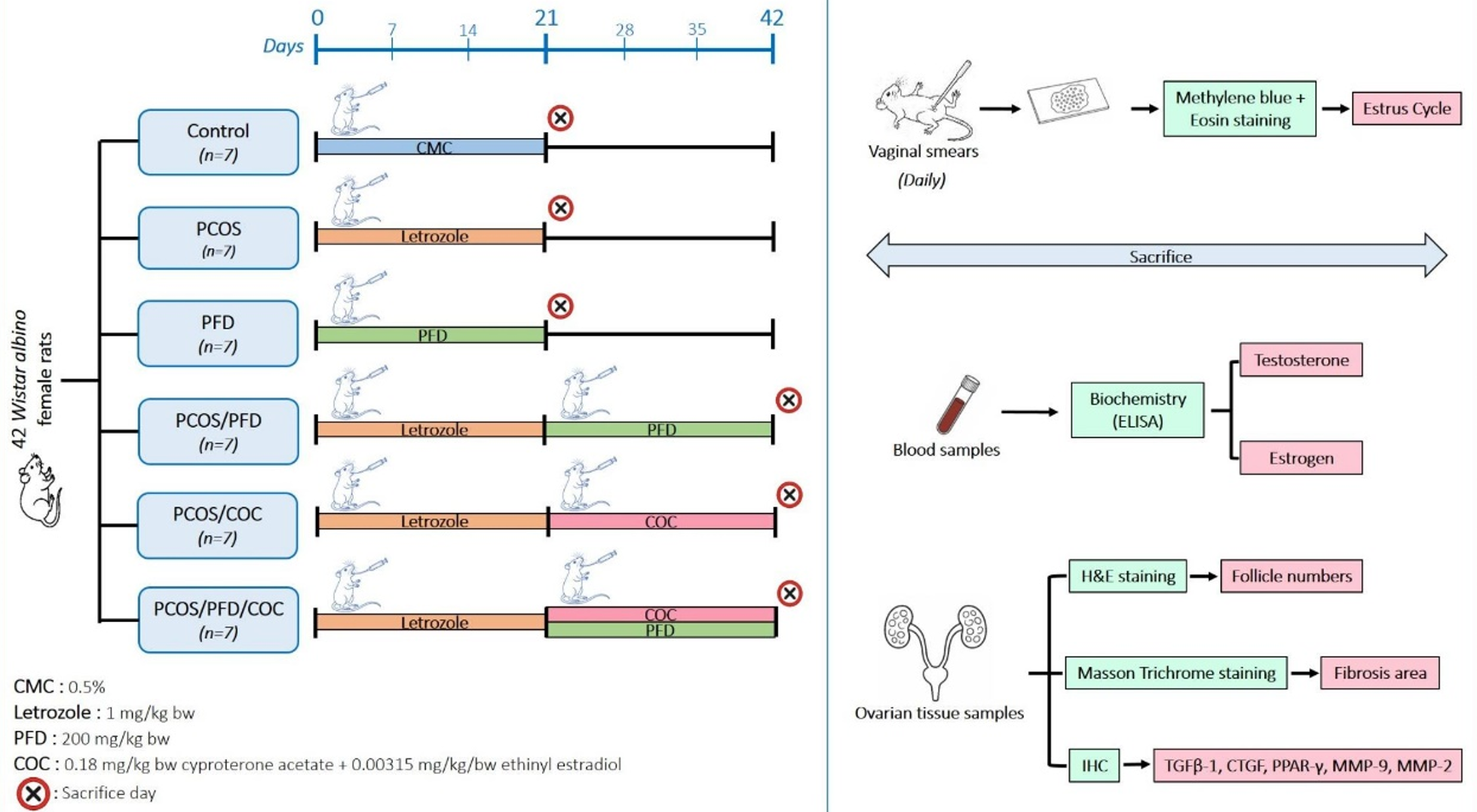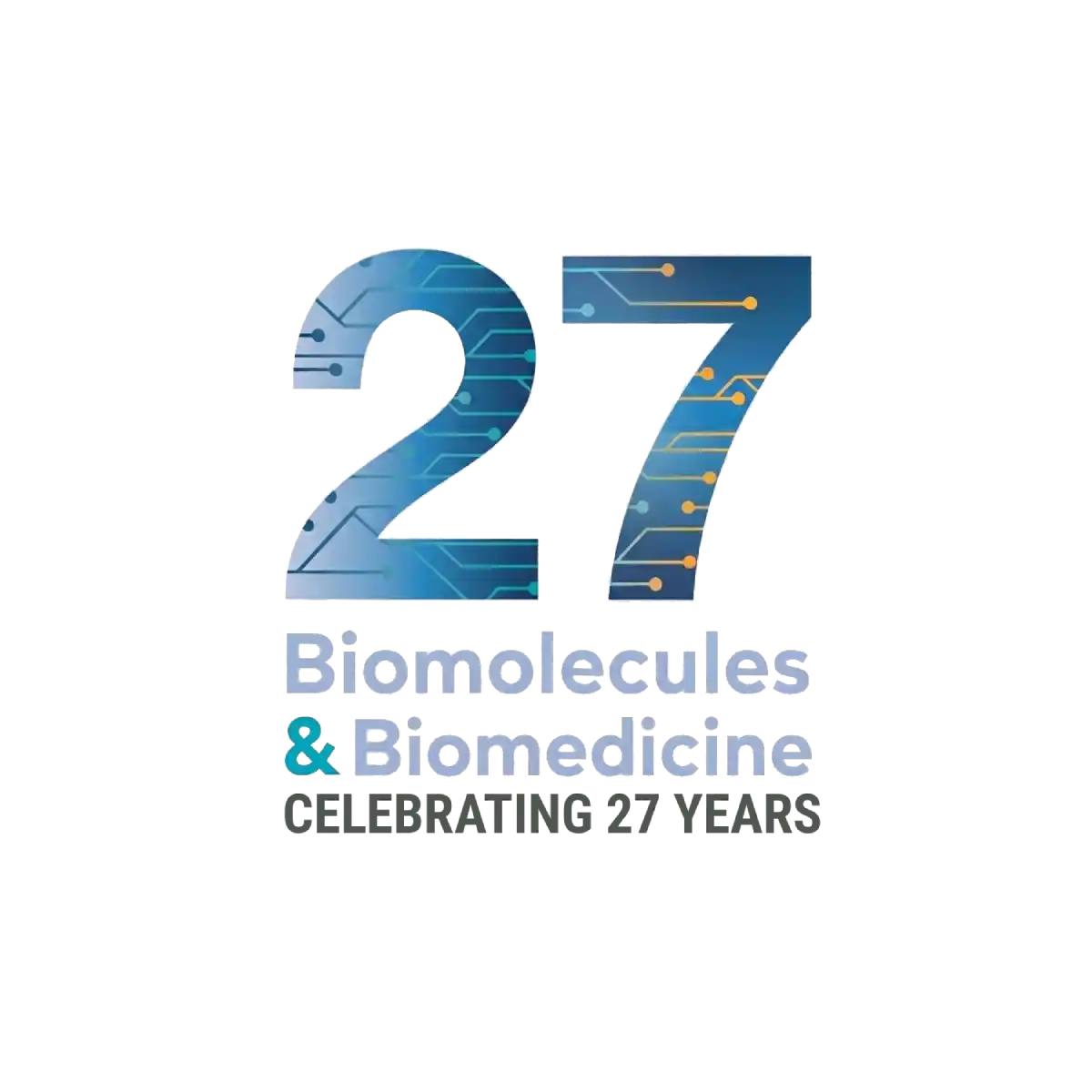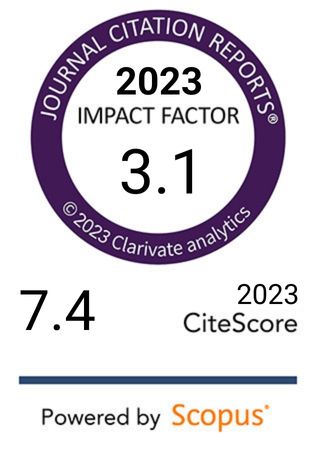Pirfenidone reduces ovarian fibrosis and improves PCOS in letrozole-induced rat model
DOI:
https://doi.org/10.17305/bb.2025.12676Keywords:
Polycystic ovary syndrome, PCOS, ovarian fibrosis, pirfenidone, combined oral contraceptives, COC, TGF-β1Abstract
Polycystic ovary syndrome (PCOS) is a prevalent endocrine disorder characterized by cystic ovarian morphology, anovulation, and infertility. Ovarian fibrosis has recently emerged as a key pathological feature of PCOS. This study investigated whether pirfenidone (PFD), an antifibrotic agent, could improve ovarian dysfunction in a letrozole-induced PCOS rat model. Forty-two female Wistar albino rats were divided into six groups (n=7 each): control, PFD, PCOS, PCOS/PFD, PCOS/combined oral contraceptives (COC), and PCOS/PFD/COC. PCOS was induced using letrozole (1 mg/kg/day orally for 21 days). PFD (200 mg/kg/day) and/or COC (0.18 mg/kg cyproterone acetate and 0.00315 mg/kg ethinyl estradiol) were administered for 21 days. Compared to controls, PCOS rats exhibited significant disruptions in estrous cyclicity, ovarian morphology, and fibrosis-related markers (all p<0.0001), despite no significant changes in testosterone (p=0.058) or estrogen (p=0.896) levels. PFD treatment significantly improved estrous cyclicity, follicular profile, and corpora lutea count (all p<0.0001), reduced ovarian fibrosis (p<0.0001), downregulated TGF-β1, CTGF, and MMP-9 (all p<0.0001), and upregulated PPAR-γ and MMP-2 (both p<0.0001), without affecting hormone levels (p=0.945 and p=0.479, respectively). COC treatment also improved estrous cyclicity and ovarian histology (all p<0.0001), reduced fibrosis (p=0.005), and modulated TGF-β1, CTGF, MMP-9, and PPAR-γ expression (p=0.0001 to <0.0001), but had no effect on MMP-2 (p=0.868). Combination therapy (PCOS/PFD/COC) provided additional improvement in corpora lutea count (p<0.0001 vs. PCOS/PFD) and collagen deposition (p=0.002 vs. PCOS/PFD) but did not confer further benefits in fibrosis-related marker expression or folliculogenesis (all p>0.05). These findings suggest that pirfenidone mitigates PCOS pathology by targeting ovarian fibrosis, supporting antifibrotic therapy as a novel and promising approach.
Citations
Downloads

Downloads
Published
Issue
Section
Categories
License
Copyright (c) 2025 Ayşe Çakır Gündoğdu, Neziha Senem Arı, Ahmet Koçak, Gülnihal Şenol, Asiye Höbel, Ömer Eldiven, Fatih Kar, Orhan Özatik

This work is licensed under a Creative Commons Attribution 4.0 International License.









